Features of apnea you probably didn’t know about
A good night’s sleep is essential for our health. In fact, according to medical recommendations, the normal thing is never to do less than 7 hours a day. However, different illnesses, psychological pathologies and sleep disorders, such as apnoea, can make adequate rest difficult. On this last point, it is essential to identify what the characteristics of apnoea are in each of its phases. Do you know how to differentiate them?
Logically, having sleep apnoea is not a choice. Nobody chooses nor can cause this pathology which, if it is not treated with the necessary mechanisms and tools, can lead to serious health problems. Sleep apnea can be life-threatening for those who suffer from it and worst of all, half of the people don’t even know that they suffer from sleep apnea. What are the different aspects of sleep apnea? It is important to identify them.
When you suffer from sleep apnoea, you stop breathing regularly for at least 10 seconds during sleep, sometimes even longer. However, apnoea has different aspects that depend on its severity, it can be mild, moderate or severe depending on the number of times per hour you stop breathing or the reduction of airflow to the lungs known as hypopnoea. According to the apnea-hypopnea index, the different characteristics of apnea that you probably didn’t know about are as follows.
Sleep apnea characteristics
Mild apnea: Mild apnea is the least harmful of all, but beware, you should not let your guard down if you suffer from it. It is characterised by having between 5 and 14 episodes of apnea or reduced airflow to the lungs per hour. But how to identify it? The symptoms are usually the same, and can vary from slight drowsiness or falling asleep during activities that do not require a lot of attention, such as watching television or reading. Even when we are at work or with friends or family.
Moderate apnea: In moderate apnea, sleep apnea worsens and episodes increase between 15 and 29 reduced air flows to the lungs every hour. Symptoms may include sleepiness or falling asleep during activities that require some attention such as going to the cinema or theatre, for example, not wanting to leave the house and preferring to lie down and even not performing well at work due to a major sleepiness situation.
Severe apnea: Severe apnoea is defined as 30 or more episodes of apnea or reduced airflow to the lungs every hour. How to identify this severe apnea characteristic? In these cases, sleepiness may arise during activities that require active attention, such as eating, talking, driving or walking. Also during driving or work.
Sleep apnea patient care
At CPAP Therapy, we offer high quality diagnostic, treatment and medical follow-up services for patients diagnosed with Obstructive Sleep Apnea and Roncopathy. We advise each individual person in the choice of equipment and accessories to ensure the success of their treatment.
At CPAP Therapy we attach great importance to the follow-up and evolution of our patients. Each person is different and their needs may vary over time. We don’t just sell equipment, we sell quality treatment and advice to people. Our goal is to normalise the rest of our patients with a comprehensive sleep intervention.
Terapia CPAP Portugal
Latest posts by Terapia CPAP Portugal (see all)
- Sleep apnea with other illnesses - 21 de July de 2023
- What is an oxygen concentrator and what is it for? - 23 de June de 2023
- Sleep apnea machine - 5 de December de 2022
- Difference between CPAP and BIPAP - 22 de November de 2022
- Narval CC mandibular advancement for sleep apnea - 14 de November de 2022



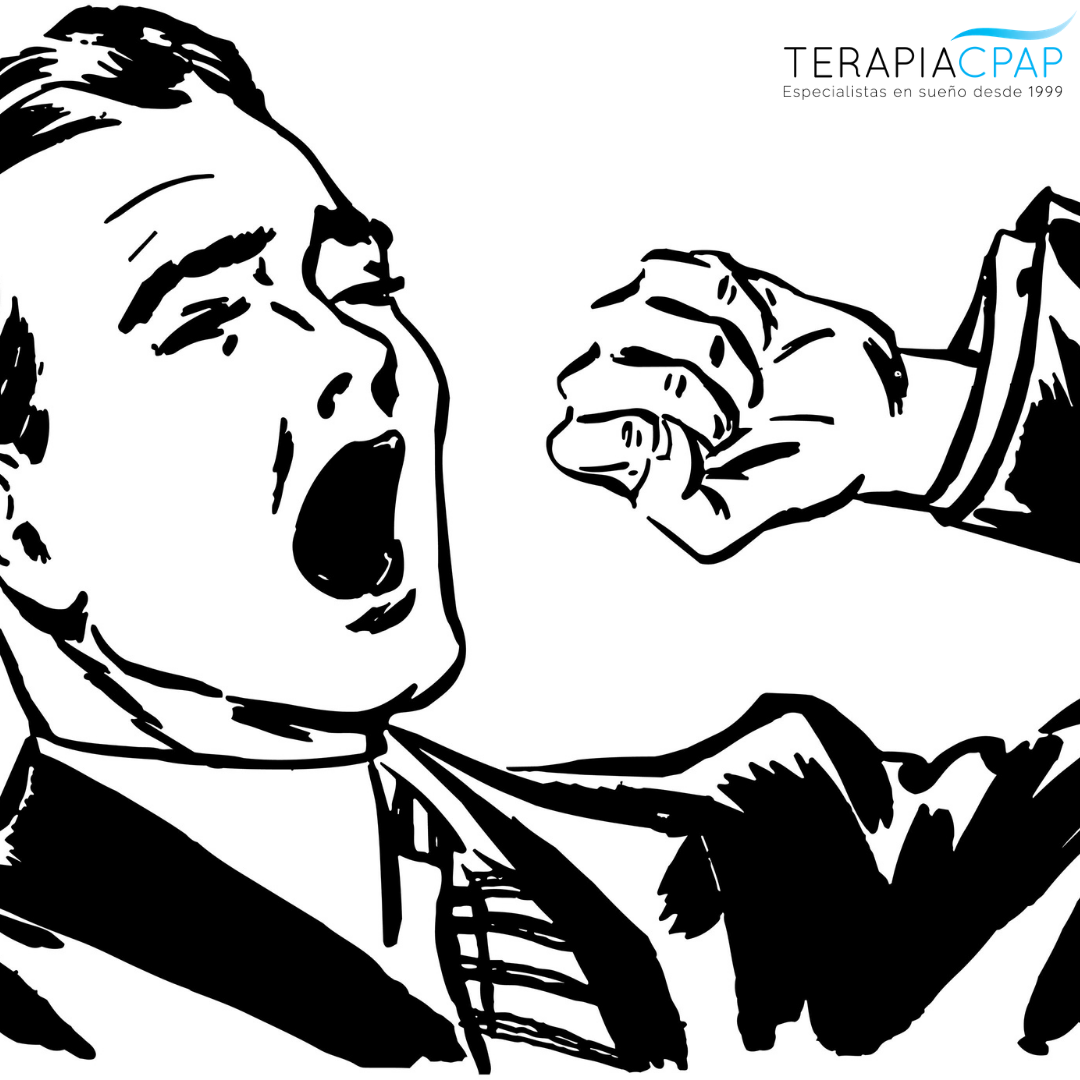
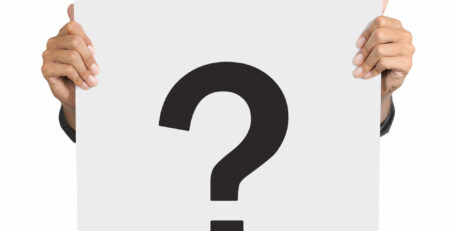
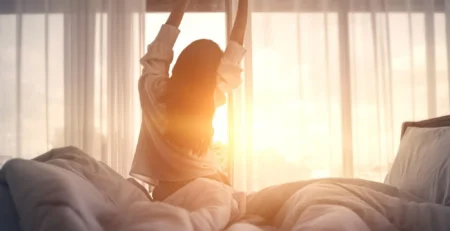
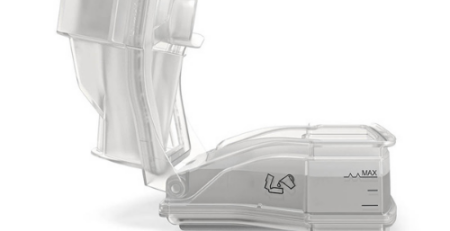

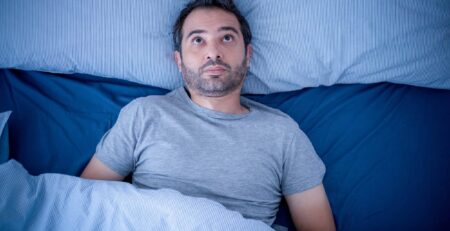
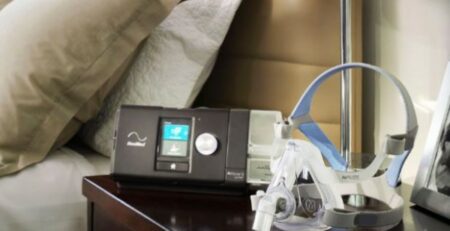
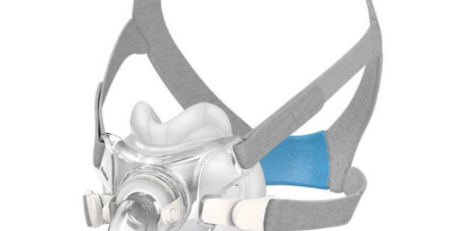
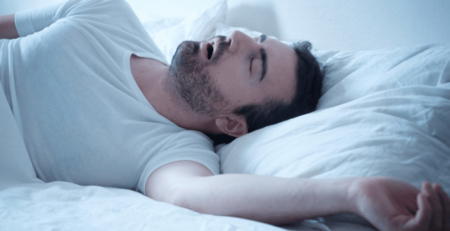
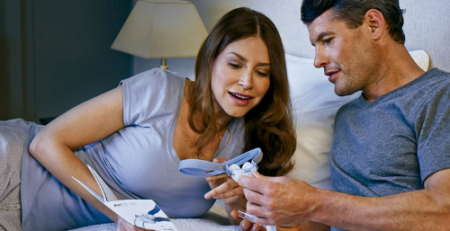
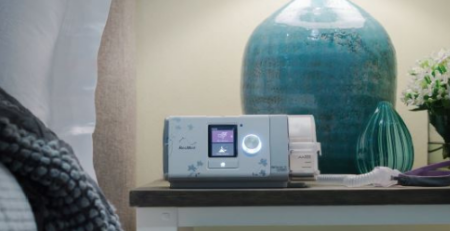

Leave a Reply